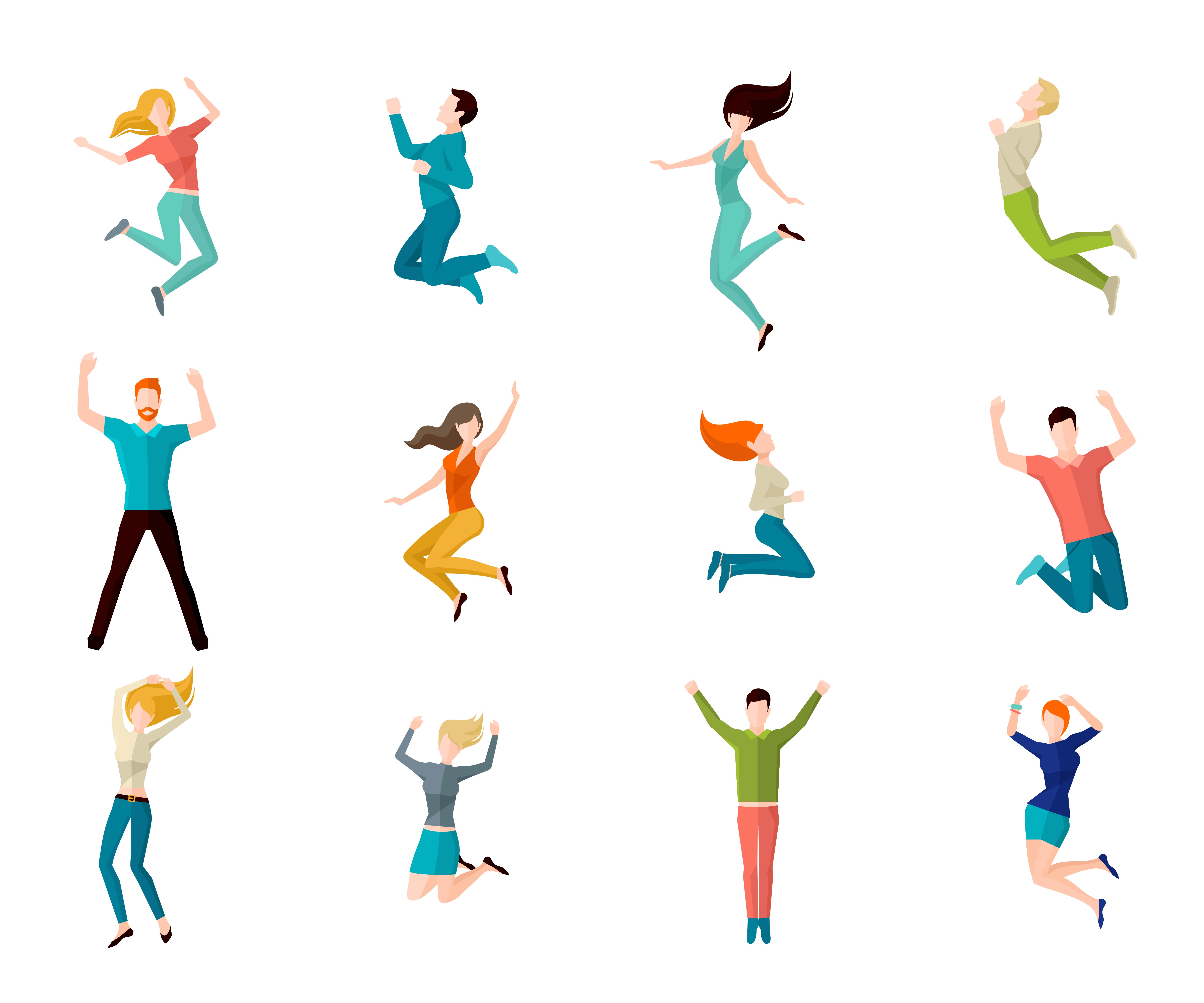Mascot


When marketing manager Alex first heard the creative director say, “We need a mascot,” he immediately pictured a giant plush tiger waving at trade shows. “Are we running a circus now?” he joked. But just a few months later, that tiger — decked out in the company’s colors — was smiling from banners, starring in Instagram stories, and even becoming a meme in the internal chat. Customers started recognizing the brand not by its strict logo, but by that friendly, approachable face.
Alex realized that a mascot is not just a drawing — it’s a powerful tool that brings a brand to life, making it relatable and memorable. In modern marketing, mascots are bridges between companies and their audiences, building trust and emotional connections.
What Is a Mascot?
A mascot is a symbolic character that embodies the personality, values, and story of a brand. Unlike a logo, which is usually an abstract sign or typography, a mascot is a living image — a character with a face, personality, and narrative.
The main purpose of a mascot is to create an emotional connection with the audience and boost brand recognition. If a logo tells “who we are,” a mascot says “we are your friend.”
Mascots come in various forms and styles to suit different brands and goals. Anthropomorphic characters—animals or objects given human traits—are common. For example, the Geico Gecko is a classic U.S. mascot who makes the insurance company feel approachable and friendly. In Europe, the Michelin Man (“Bibendum”) has been a beloved mascot for over a century, symbolizing reliability and trust.
Sometimes mascots are fantastical or abstract creatures created uniquely for a brand. These characters are often bright, unusual, and memorable thanks to their originality. Humanoid mascots—stylized or realistic people—are also popular. Take the Energizer Bunny, who adds a cheeky, energetic personality to the brand.
Source: Bonhams
Mascots can be static illustrations on packaging and ads or animated characters that come alive in videos, social media, and digital campaigns. Modern trends favor animation so mascots can express emotions, respond to users, and engage audiences dynamically.
In short, a mascot is not just a brand element; it’s a communication tool that helps brands talk to customers emotionally and stand out from the competition.
Types of Mascots
Mascots come in all shapes and sizes, allowing brands to pick the character that best fits their mission and audience.
Anthropomorphic mascots are very popular — animals or objects with human features, like the Pillsbury Doughboy or the M&M’s characters. They smile, talk, and express feelings, making complex brands more relatable. In the U.S., the Geico Gecko is an example of how an animal mascot can humanize an insurance brand, making it friendlier and more memorable.
Source: Google images
Abstract or fantasy mascots are unique creations designed to stand out. Tech startups or gaming companies often use these to highlight creativity and innovation. For example, the Duolingo Owl is a quirky and approachable guide to language learning.
Humanoid mascots are stylized or cartoon versions of people, like the Michelin Man, or the friendly delivery courier in food delivery apps. They help brands show professionalism, reliability, and friendliness.
Source: Creative Review
Mascots can be static — printed on products, billboards, and business cards — or animated in digital media, where they can interact with users through videos, apps, or social media filters.
This diversity allows brands to use mascots for everything from simple brand recognition to creating a whole universe around their character.
How Mascots Help in Branding and Marketing
Mascots are much more than pretty pictures. They are powerful tools for building brand awareness and emotional connection.
First, mascots are easier to remember than abstract logos or plain fonts. Think of instantly recalling the Energizer Bunny or the Michelin Man — these characters evoke emotions that bring people back to the brand repeatedly.
Second, mascots can “speak” on behalf of the company, establishing a recognizable tone of voice. On social media, in commercials, or on websites, the character becomes a conversational partner who tells stories, jokes, and simplifies complex information. For example, the Duolingo Owl engages users with encouragement and humor in the app.
Third, mascots build emotional bonds. People trust brands that feel “alive,” friendly, and open. A mascot is like a friend always there. Many brands create personalized stories around their mascots to evoke warm feelings. For example, Domino’s uses a cartoon delivery guy who helps humanize the brand and connect with customers on a personal level.
Moreover, a unique mascot helps brands stand out in crowded markets filled with similar slogans and visuals. A character with personality becomes a brand’s “face,” preventing it from getting lost among competitors.
Finally, mascots simplify complex topics. Imagine explaining insurance or financial products — these can be dry. But a friendly mascot makes the information easier to understand and more engaging.
How to Create a Successful Mascot: Practical Tips
Designing a mascot that truly resonates is no easy task. The character must fit the brand’s personality and appeal to its audience.
First, the mascot should reflect the company’s core values. If a brand is modern and tech-savvy, the mascot might look futuristic and dynamic. A family-oriented brand would lean toward warm and approachable designs.
Audience is a key factor. A mascot appealing to teenagers may not work for corporate clients. Age, interests, and cultural context must be considered.
Simplicity and versatility are crucial. A mascot should look great in small app icons as well as on large billboards. This means avoiding excessive details and focusing on clear, readable shapes.
Giving the mascot character and a backstory makes it come alive. Names, quirks, favorite phrases, or a mini-biography help build audience connection and make the brand feel more relatable.
Also, ensure the mascot is unique to avoid legal issues and confusion with competitors.
Today, many brands leverage AI and neural network tools to generate multiple mascot concepts and sketches quickly, speeding up the creative process.
Mascot Design Trends in 2025
Minimalism and functionality continue to dominate mascot design in 2025. Clean lines and simple shapes help mascots adapt easily across platforms and become memorable quickly.
3D mascots are increasingly popular. They look vibrant and lifelike, fitting perfectly into digital environments. Many brands embrace cartoonish realism combined with bright animations to catch attention on social media and websites.
Variability is a growing trend. Mascots are no longer static images but sets of emotions, poses, and costumes. This allows brands to use the character for different campaigns — from holidays to product launches.
Interactivity is booming. Mascots respond to user actions on websites and apps, appear in AR/VR experiences, and make brand communication more lively and personal.
In Europe and the U.S., some mascots are now part of chatbots and voice assistants, elevating personalization and customer engagement to a new level.
The Role of Neural Networks in Mascot Creation
Neural networks and AI have revolutionized how mascots are designed.
Designers can generate dozens of concept ideas and sketches just from a textual prompt. This helps quickly find the perfect style and form.
AI assists with choosing color palettes, styling, and even animating mascots in 3D. Some tools create characters adaptable to various uses — from print to video and interactive platforms.
Here are some popular AI-powered tools for mascot creation:
- Midjourney — generates creative and stylish characters from text prompts.
- DALL·E 3 (OpenAI) — flexible and detailed mascot image generation.
- Stable Diffusion — open-source image generation with many customization options.
- Adobe Firefly — integrates with Adobe Creative Cloud for designers.
- Runway ML — platform for AI-powered character generation and animation.
- Blender with AI plugins — for 3D modeling and animating mascots.
- Character.AI — creates interactive characters capable of conversation.
- Artbreeder— blends and creates unique character portraits.
These tools drastically reduce design time and unlock new creative possibilities, making mascot design accessible even for smaller brands.
Legal Protection of Mascots in the US and Europe
Creating a mascot is not just creative work but also about protecting intellectual property.
In the U.S. and Europe, mascots can be registered as trademarks, giving companies exclusive rights to their commercial use. Trademark registration prevents competitors from copying or misusing the mascot.
Mascots are also protected by copyright, meaning their designs cannot be used without permission.
Timely registration is crucial to safeguard your brand’s unique identity and avoid costly legal disputes, especially once a mascot gains popularity.
Conclusion
Alex, who once doubted the need for a mascot, now cannot imagine marketing without one. His tiger has become a living symbol of the company, building trust and emotional connection with customers. This character is not just a branding element but the brand’s genuine voice speaking the language of its audience.
Mascots are powerful assets for any brand wanting to get closer to people, stand out, and be remembered. In a world where competition is fierce and customer attention is fleeting, a lively mascot is a true bridge between a company and its consumers.
By embracing current trends and AI technologies, creating mascots has become easier and more effective. And proper legal protection ensures your hero remains uniquely yours.
Maybe it’s time for your company to think about who will become its new face?


